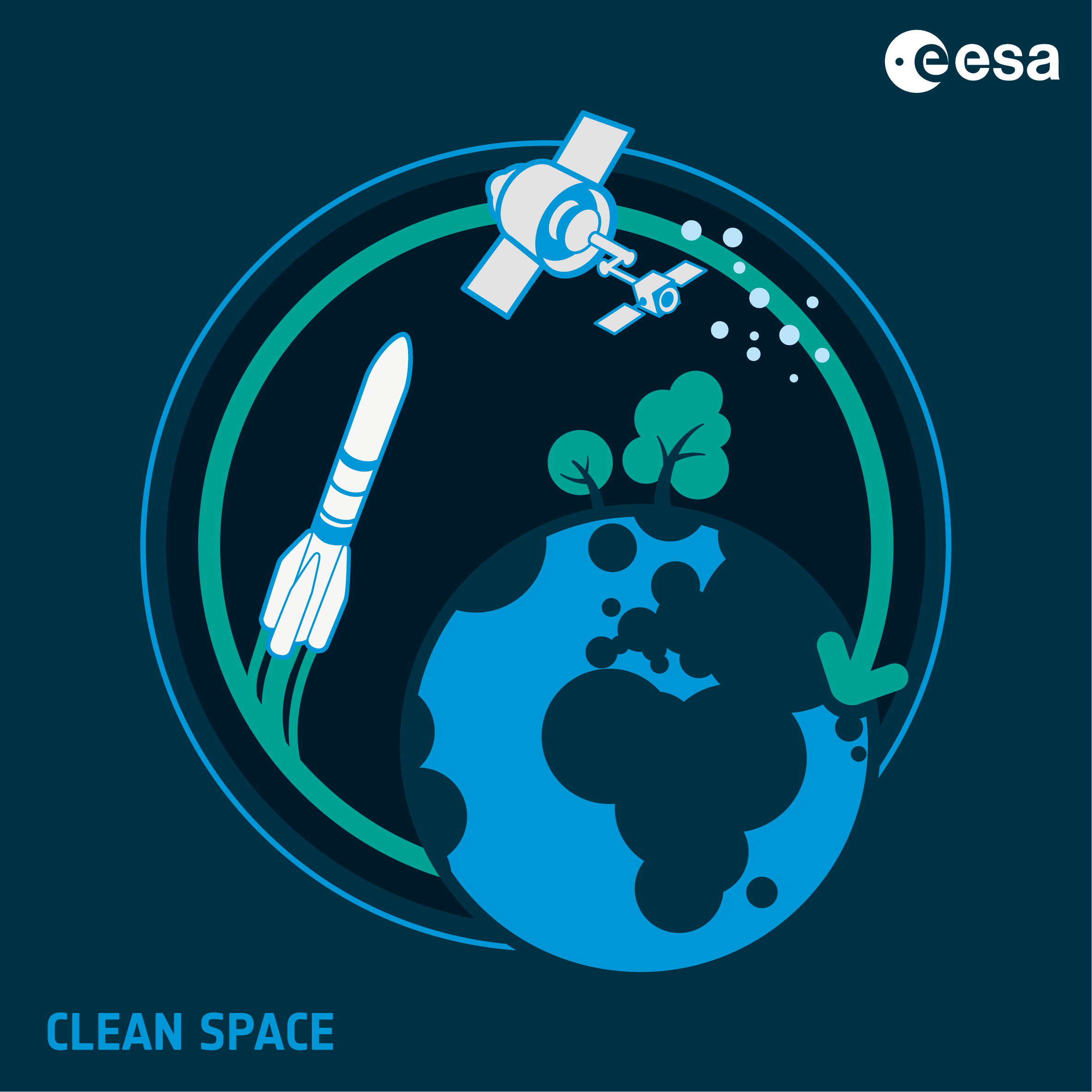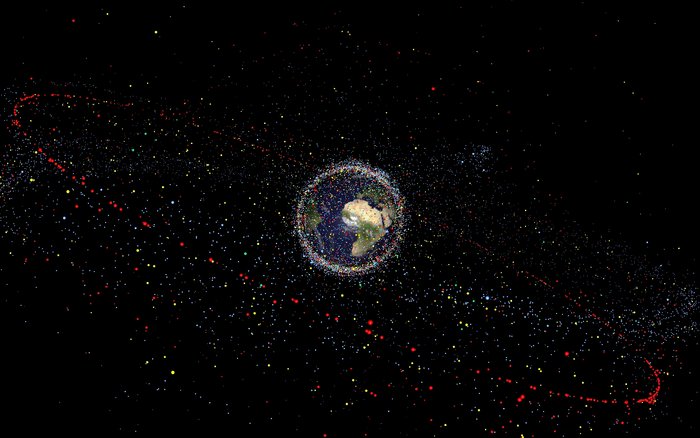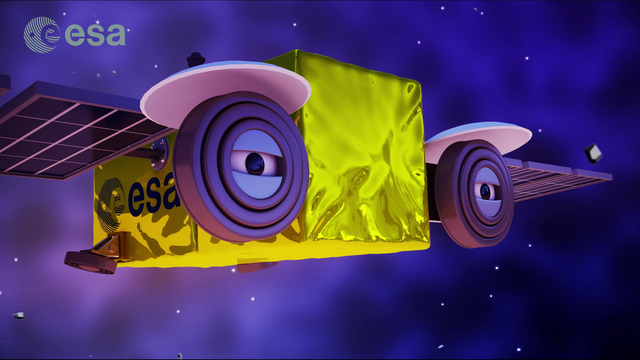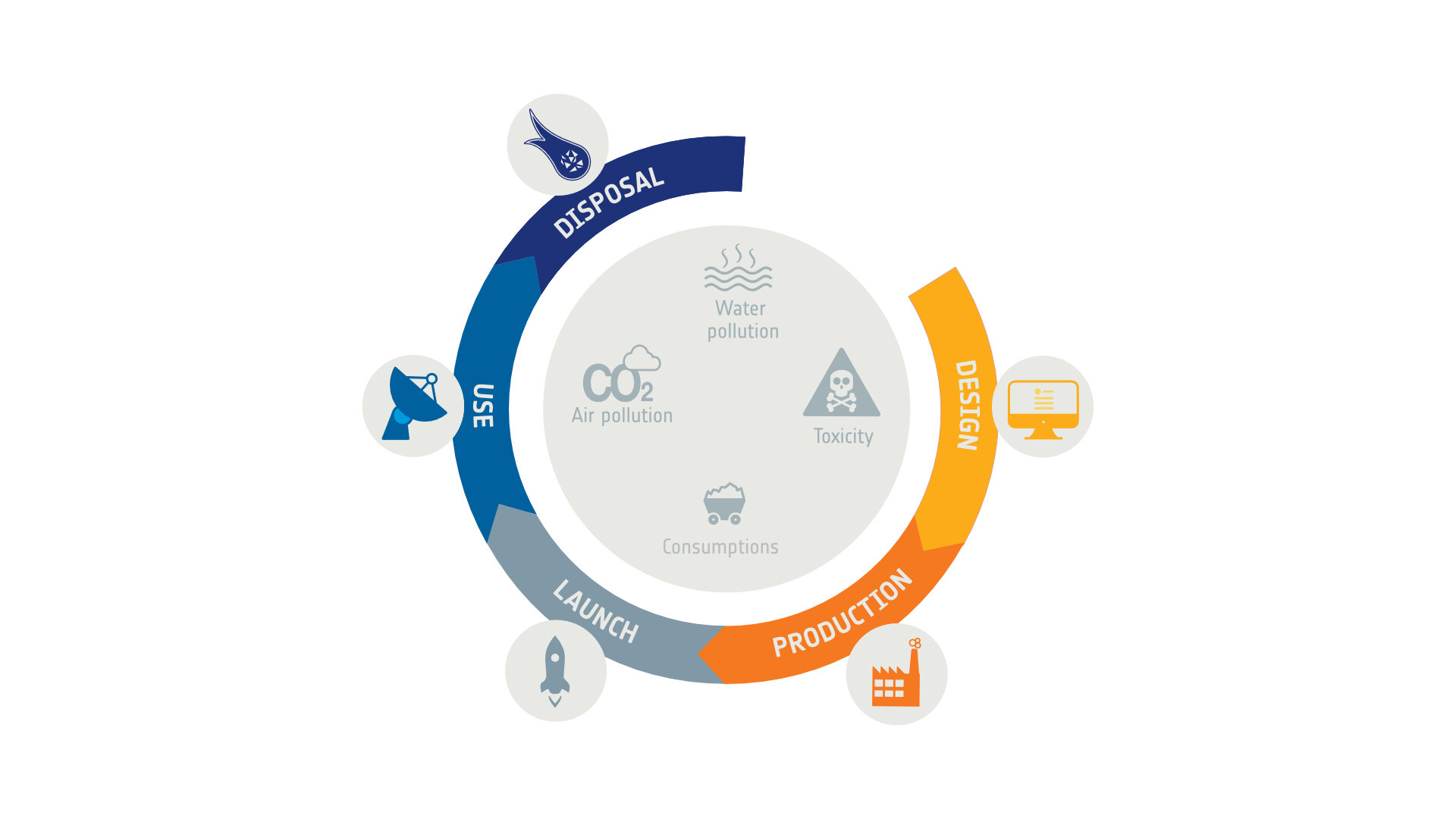In the ever-evolving realm of space exploration, ESA continues to push boundaries not only in missions but also in sustainability. The ESA Life Cycle Assessment (LCA) Database is a testament to this commitment, serving as a valuable resource for assessing the environmental impacts of space activities and enabling ecodesign. In this blog post, we’ll delve into the recent updates and how you can access this tool.
The ESA LCA Database in a nutshell
Before we explore the ESA LCA Database’s role in sustainable space exploration, let’s grasp the concept of Life Cycle Assessment (LCA). LCA, governed by ISO standards 14040 and 14044, is a tool to quantitatively assess the environmental impacts of products, processes, or services throughout their lifecycle, from the design to the end-of-life. It offers benefits like supply chain insights, hotspots (areas of environmental improvement) identification, informed technology choices, and effective environmental communication.
LCA yields multi-criteria outcomes, quantifying environmental indicators at various levels across a product’s lifecycle. For space missions, adapting LCA is essential due to unique challenges like low production rates, specialized materials and processes, direct emissions into all the layers of the atmosphere, rigorous testing, lengthy R&D, and short usage phases compared to other sectors.
ESA has tailored LCA to the space sector, building reference data inventories, and creating the ESA LCA Database since 2016. Today, with over 1600 entries, it’s crucial for meeting ESA project LCA needs. The database categorizes data into sections such as Materials, Energy, Transport, Processing, Use and Waste Treatment.
A Journey of Improvement
In 2016, the journey of enhancing the ESA LCA database for space began with the launch of its initial iteration. This first database was built upon extensive research and development activities, focusing on assessing the environmental impact of space materials, propellants, manufacturing processes and equipment. The datasets enclosed in this database were mainly derived from thorough literature reviews and public available information, making it suitable for sharing with ESA stakeholders. Since then, ESA has been actively working to improve it. This effort culminated in 2019 with significant achievements:
- Alignment and Integration: Multiple datasets originating from ESA contracts and missions were harmoniously integrated.
- Enhanced Data Protection: Both external and internal databases were developed to safeguard proprietary and sensitive information.
Aim for excellence!
Today, ESA is proud to work on an updated version of the ESA LCA Database. The core aim remains to facilitate and support Life Cycle Assessment (LCA) activities for European Space stakeholders. ESA has entrusted DEIMOS Space S.R.L. (Romania) to lead this project, in collaboration with subcontractors RINA Consulting Defence Limited, University of Strathclyde, GreenDelta and Eversis. Here are the key objectives of this on-going activity:
- Define a methodology for continuous improvement, updates, and maintenance of the database.
- Continuously improve and validate the database’s accuracy and relevance.
- Maintain the database by incorporating new datasets from ESA contracts and other sources.
- Develop tools that make it easier for both ESA and European stakeholders to access and utilize the database effectively.
Access the New ESA LCA Database and its new datasets
The moment you’ve been waiting for is here. The updated ESA LCA Database is now available through the Space Debris User Portal. It’s important to note that:
- It is accessible in both SimaPro and openLCA (open-source) software, catering to different user preferences.
- A comprehensive public user manual is readily available through the portal to guide you through the database’s features and functionalities and to facilitate the database utilisation.
- The database structure was updated. Datasets were reorganized into different categories for improved accessibility.
- The updated version includes improvements like ecoinvent update to 3.9.1 version, a new structure more in line with the ECSS, and new datasets which cover areas such as system level testing datasets, germanium wafer, and electronics, broadening its scope and usability.
How to access
To gain access to this valuable resource, here are the steps you need to follow:
- Register: Begin by registering on the Space Debris User Portal
- Navigate to LCA Database: Inside the “Tools” section, find and enter the ESA LCA Database.
- Licence Request: Request a licence for the database. Please note that you will only get the licence if you are from ESA Member States and have a valid ecoinvent licence (3.9.1 version or higher). For more information about the ecoinvent licences, please check their webpage ecoinvent licences.
- Await Approval: Once your request is submitted, await approval, and you’ll be on your way to exploring the ESA LCA Database.
A Sustainable Future in Space
The ESA LCA Database stands as a critical tool for assessing and improving the environmental impacts of space missions. With the updated version now at your fingertips, ESA invites you to be a part of this endeavor*. Future updates are on the horizon, and your contribution can help shape a more sustainable future in space. Join us on this journey towards greener space exploration!
* For feedback, please write us at cleanspace@esa.int





Discussion: no comments